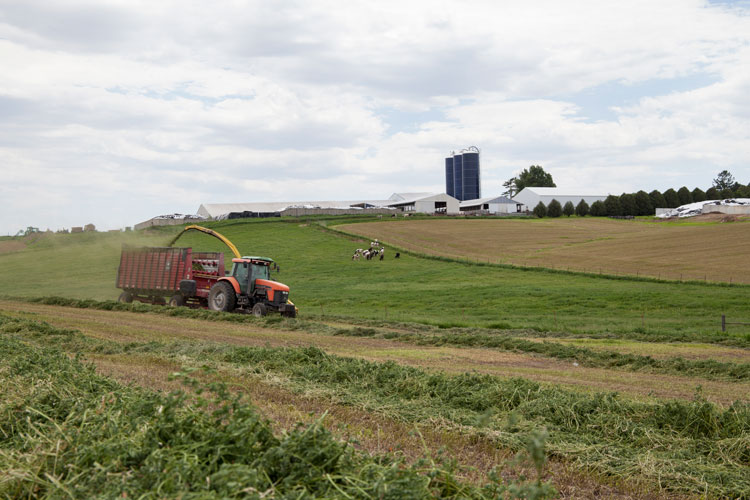
It is an incredibly difficult financial time for dairies in the face of the COVID-19 outbreak in the U.S. and throughout the world. Though it is easy to focus only on the free fall that milk prices are experiencing, it is important to focus on the controllable factors in a dairy operation. Developing a flexible plan that will allow your operation to emerge from this difficult time is necessary.
A tough two to three months
It appears the next 60 to 90 days will be the toughest if the current forecasts on COVID-19 are correct. The Institute for Health Metrics and Evaluation (IHME) is predicting that the peak resource use for hospital beds, intensive care unit (ICU) beds, and ventilators will occur on April 15 in the U.S. IHME assumes full social distancing through the end of May. If these projections are correct, the current shutdown of virtually all restaurants, hotels, and other institutional trade should begin to subside after the next 60 days.
When the U.S. begins to relax the many stay-at-home orders that are in place today, it should create some strong demand for dairy products as pipelines that are currently at a standstill restart operations. This could be a similar demand pull that was found when grocery demand initially surged as consumers stockpiled dairy products in response to COVID-19.
Financial bridges for dairy
Government support programs are going to be important for dairies over the next couple of months. Ongoing discussion around how to spend the $9.5 billion in new monies contained in the over $2 trillion stimulus package will surely include the dairy industry. It would appear all options are on the table to boost milk prices. The Small Business Administration (SBA) Paycheck Protection Program is another option that can help dairies overcome the current revenue shortfall and keep workers paid. These new programs are going to be needed to survive the next 60 to 90 days and started as early as April 3.
Feed costs must also be examined. As crude oil prices have moved to below $20 per barrel, ethanol plants are shutting down and driving dried distillers grains (DDG) prices about $40 a ton higher over the last month. Given that USDA has reported planting intentions of 97 million acres of corn, corn prices should remain low, with soybean meal prices projected around $290 per ton.
Using all the tools available to dairy farmers is essential to survive this severe downturn. Let’s hope that by the time another 30 days has passed the industry is beginning to see signs of recovery.








